Home>Garden Essentials>How To Germinate Sporobolus Heterolepis
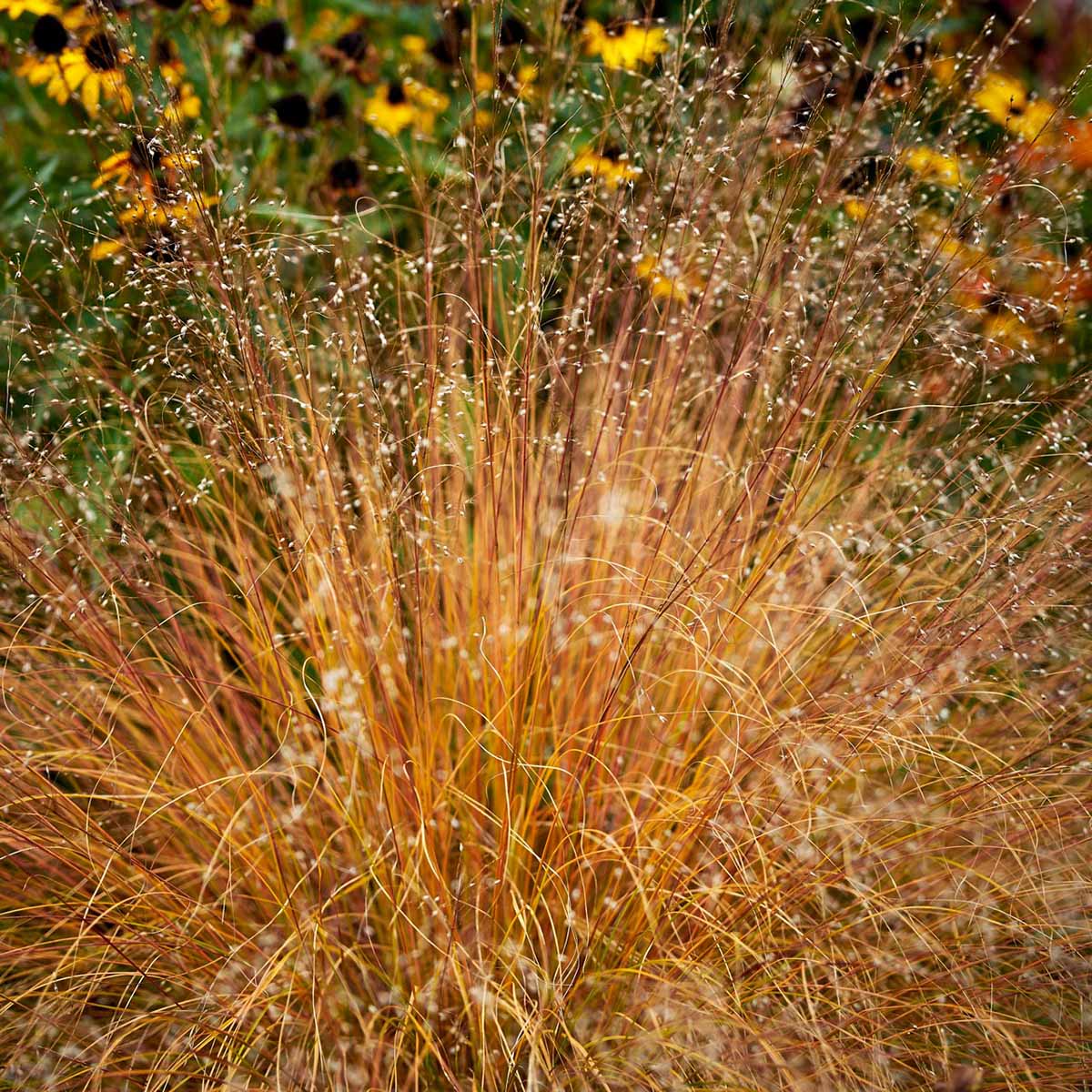

Garden Essentials
How To Germinate Sporobolus Heterolepis
Modified: March 15, 2024
Learn the best techniques and tips for successfully germinating Sporobolus Heterolepis in your garden. Grow a beautiful and lush garden with our expert advice and guidance.
(Many of the links in this article redirect to a specific reviewed product. Your purchase of these products through affiliate links helps to generate commission for Storables.com, at no extra cost. Learn more)
Introduction
Welcome to the wonderful world of gardening! If you’re a garden enthusiast or just starting out, you may have come across the term “Sporobolus Heterolepis.” This unique plant species, also known as Prairie Dropseed, is native to the grasslands of North America. With its delicate and feathery appearance, Sporobolus Heterolepis can add beauty and texture to any garden.
In order to successfully cultivate Sporobolus Heterolepis, it is essential to understand the process of germination. Germination is the very first stage of a plant’s life cycle, where a seed sprouts into a young plant. This crucial process sets the foundation for the growth and development of the plant.
Germination can be a challenging task for some plant species, including Sporobolus Heterolepis. Therefore, it is important to provide optimal conditions and care to ensure successful germination. In this article, we will explore the various aspects of germinating Sporobolus Heterolepis and provide you with a step-by-step guide to help you in the process.
By understanding the ideal germination conditions and following the proper steps, you can increase your chances of successful germination and enjoy the beauty of Sporobolus Heterolepis in your garden. So, let’s dive in and uncover the secrets of germinating Sporobolus Heterolepis!
Key Takeaways:
- Germinating Sporobolus Heterolepis, also known as Prairie Dropseed, requires warm temperatures, adequate moisture, darkness, and well-draining soil. Following these steps can increase the chances of successful germination.
- Challenges like poor germination, fungal diseases, and leggy seedlings may arise during the process. However, with proper care and troubleshooting, these obstacles can be overcome, leading to the beauty of healthy, thriving Sporobolus Heterolepis plants in your garden.
Read more: How To Germinate A Bean
What is Sporobolus Heterolepis?
Sporobolus Heterolepis, commonly known as Prairie Dropseed, is a perennial grass species that is native to the grasslands of North America. It is a clump-forming grass that can grow up to 2-3 feet tall, with narrow, arching leaves and delicate flower spikes that sway gracefully in the wind.
Prairie Dropseed gets its name from the pleasant fragrance it emits, reminiscent of freshly cut hay or a warm summer breeze. This grass is highly valued not only for its aesthetic appeal but also for its ecological benefits. It plays an important role in stabilizing soil, preventing erosion, and providing habitat and food for wildlife.
With its fine and feathery texture, Sporobolus Heterolepis adds a touch of elegance and movement to a garden or landscape. It can be used as a focal point in a garden bed, as a border plant, or in mass plantings to create a naturalistic look. Additionally, Sporobolus Heterolepis is drought-tolerant and low-maintenance, making it a popular choice for gardeners seeking a resilient and sustainable plant.
One of the distinguishing features of Sporobolus Heterolepis is its ability to change its appearance throughout the seasons. In spring, the grass emerges with fresh green foliage that gradually turns into a golden shade in summer. During autumn, the leaves transform into shades of orange, red, and purple, providing a stunning display of fall colors. Even in winter, the dried seed heads of Sporobolus Heterolepis add visual interest to the landscape, catching the light and creating a beautiful silhouette against the snow.
Whether you are a beginner or an experienced gardener, Sporobolus Heterolepis is a versatile and captivating grass that can enhance any garden or landscape. Its unique characteristics, adaptability, and ecological benefits make it a valuable addition to any green space. Now that we have explored what Sporobolus Heterolepis is, let’s move on to the importance of germination and how to achieve successful results.
Why Germination is Important
Germination is a critical stage in the life cycle of a plant, and it plays a vital role in the success of gardening and landscaping projects. Without successful germination, we would not be able to grow new plants from seeds, limiting our ability to propagate and diversify plant species.
Here are a few key reasons why germination is important:
- Plant Reproduction: Germination is the process by which a seed sprouts and develops into a young plant. It is the first step towards plant reproduction, allowing the formation of roots, shoots, leaves, and eventually flowers and fruits. Without germination, there would be no new plants to replace aging ones or fill empty spaces in a garden.
- Increased Plant Diversity: Germination enables gardeners and horticulturists to grow a wide range of plant species, enhancing the biodiversity of gardens and landscapes. By germinating seeds, we can introduce unique and rare plants into our surroundings, promoting a healthier ecosystem and providing habitats for various animals and insects.
- Cost-Effective Propagation: Germinating seeds is a cost-effective way to propagate plants. Instead of buying fully grown plants, starting from seeds allows us to grow multiple plants at a fraction of the cost. This is especially beneficial for large-scale gardening projects or when cultivating a high quantity of plants.
- Control and Customization: Germinating seeds provides us with control and customization options. We can choose which varieties or cultivars to germinate, allowing us to select plants that suit our specific preferences and requirements. This level of control gives us the ability to create unique and personalized garden designs.
- Learning and Education: Germination offers a valuable learning opportunity, especially for children and aspiring gardeners. Observing the process of seed germination and nurturing the young plants can foster a deeper understanding and appreciation for the natural world. It can be an educational experience that promotes curiosity, patience, and environmental consciousness.
Overall, germination is a fundamental process that allows us to propagate, diversify, and control the plant species in our gardens and landscapes. It is essential for plant reproduction, increasing biodiversity, and providing cost-effective propagation methods. By understanding the importance of germination, we can better appreciate its role in achieving successful gardening outcomes. Now, let’s explore the ideal germination conditions for Sporobolus Heterolepis.
Ideal Germination Conditions
In order to achieve successful germination of Sporobolus Heterolepis seeds, it is important to create the ideal conditions that mimic the plant’s natural habitat. Here are the key factors to consider:
- Temperature: Sporobolus Heterolepis seeds germinate best in warm temperatures. The optimal range for germination is between 70-80°F (21-27°C). It is important to maintain a consistent and warm temperature throughout the germination process to promote seedling development.
- Moisture: Adequate moisture is essential for seed germination. It is important to keep the growing medium consistently moist, but not overly saturated, as excessive moisture can lead to rotting of the seeds. Regular watering or misting is recommended to provide the necessary moisture for germination.
- Light: Sporobolus Heterolepis seeds do not require light for germination. In fact, they actually prefer darkness during this stage. It is recommended to cover the seeds with a thin layer of fine soil or vermiculite to provide darkness and promote successful germination.
- Air Circulation: Good air circulation is crucial for preventing fungal diseases and promoting healthy seed germination. Avoid overcrowding the seeds and ensure proper spacing to allow for adequate air movement around the seedlings.
- Growing Medium: The growing medium for Sporobolus Heterolepis seeds should be well-draining to prevent waterlogging and root rot. A mixture of compost, sand, and peat moss can create an ideal medium for germination. It is important to ensure the medium is lightly packed to allow the roots to establish themselves and grow.
By providing the ideal germination conditions of warm temperatures, adequate moisture, darkness, proper air circulation, and a well-draining growing medium, you can create an optimal environment for the successful germination of Sporobolus Heterolepis seeds. Now, let’s dive into the step-by-step guide to germinating Sporobolus Heterolepis.
Step-by-Step Guide to Germinating Sporobolus Heterolepis
Germinating Sporobolus Heterolepis seeds requires careful attention to detail and following the right steps. Here is a step-by-step guide to help you successfully germinate Sporobolus Heterolepis:
- Gathering the Seeds: Start by obtaining fresh Sporobolus Heterolepis seeds. You can collect them from mature plants or purchase them from reputable seed suppliers. Ensure that the seeds are healthy and free from damage or disease.
- Preparing the Growing Medium: Create a well-draining growing medium for the seeds by combining equal parts of compost, sand, and peat moss. Fill a seed tray or small pots with the prepared medium, leaving about 1 inch of space at the top for watering and seedling growth.
- Sowing the Seeds: Place the Sporobolus Heterolepis seeds on the surface of the prepared growing medium. Gently press the seeds down, ensuring good seed-to-soil contact, but avoid burying them too deep. Lightly cover the seeds with a thin layer of fine soil or vermiculite to provide darkness during germination.
- Providing Adequate Moisture: Moisture is crucial for seed germination. Using a spray bottle or misting wand, gently water the seeds and the growing medium until they are evenly moist. Avoid overwatering, as excessive moisture can lead to rotting of the seeds. Check regularly and provide moisture as needed to keep the medium consistently moist throughout the germination process.
- Propagating in Optimal Temperature: Place the seed tray or pots in a warm, consistently heated area with a temperature range of 70-80°F (21-27°C). You can use a seedling heat mat or place them in a warm location, such as near a heater or on top of a refrigerator. Maintaining a warm temperature is crucial for successful germination.
- Providing Sufficient Light: Sporobolus Heterolepis seeds do not require light during the germination process. Keep the tray or pots in a dark area or cover them with a black plastic bag or an opaque lid. This promotes darkness, which is preferred for germination. Once the seedlings emerge, you can gradually expose them to light.
- Transplanting the Seedlings: Once the seedlings have developed a strong root system and are about 2-3 inches tall, they are ready to be transplanted. Carefully remove them from the seed tray or pots, taking care not to damage the roots. Plant them in their desired location in the garden or in larger pots, ensuring they have enough space to grow and thrive.
Following these steps will help you successfully germinate Sporobolus Heterolepis seeds and establish healthy seedlings. It’s important to be patient and provide the right conditions for germination. Now that you have a detailed guide, you can confidently start the process of germinating Sporobolus Heterolepis seeds. However, it’s always good to be aware of common challenges and troubleshooting methods, which we will explore next.
Read more: How To Germinate A Pinecone
Gathering the Seeds
Before you can begin germinating Sporobolus Heterolepis seeds, you need to gather the seeds themselves. This step is crucial as it ensures you have viable and healthy seeds to work with. Here’s what you need to know about gathering Sporobolus Heterolepis seeds:
Timing: The best time to gather Sporobolus Heterolepis seeds is during the late summer or early fall when the grass has reached maturity. Look for flower spikes that have turned a golden or tan color and are starting to dry out. This indicates that the seeds are fully developed and ready for harvesting.
Identifying Mature Seeds: Sporobolus Heterolepis seeds are small and can be found at the base of the flower spikes. As the spikes dry out, the seeds will become more visible. They are tiny and appear as dark brown or black, resembling small grains or teardrops. Take care when collecting the seeds to avoid damaging them.
Harvesting: To gather the seeds, gently grip the base of the flower spikes and use your other hand to carefully pull them off the plant. Place the harvested spikes into a clean container or paper bag to prevent the loss of any seeds. Avoid using plastic bags, as they can retain moisture and cause the seeds to mold.
Drying the Seeds: Once you have collected the flower spikes, it’s important to dry the seeds thoroughly before storing or germinating them. Spread the spikes in a single layer on a clean tray or paper towel and place them in a well-ventilated area. Allow them to air dry for several weeks until the seeds are completely dry and brittle.
Removing Chaff: After the seeds have dried, gently rub the flower spikes between your hands or run them through your fingers to separate the seeds from the chaff. The chaff is the leftover plant material, and removing it will help ensure you have clean seeds for germination.
Storage: Store the cleaned Sporobolus Heterolepis seeds in a cool, dry place in an airtight container. You can use small envelopes, glass jars, or plastic containers to keep the seeds safe and dry. Label the container with the seed name and the date of collection for easy identification in the future.
Note: It’s worth mentioning that Sporobolus Heterolepis can also be propagated through division and transplanting of established clumps. This method allows you to skip the step of gathering seeds altogether and instead work with existing plants to create new ones.
By properly gathering and storing Sporobolus Heterolepis seeds, you will have a ready supply to germinate when the time comes. This method allows you to preserve and propagate the unique characteristics of this beautiful grass species. Now that you have collected the seeds, it’s time to prepare the growing medium for germination.
Preparing the Growing Medium
The growing medium is a crucial element in the successful germination of Sporobolus Heterolepis seeds. It provides the necessary nutrients, drainage, and support for the seeds to establish healthy roots and grow. Here’s a step-by-step guide on how to prepare the optimal growing medium:
1. Choose the Right Ingredients: To prepare the growing medium, you will need a combination of compost, sand, and peat moss. These ingredients provide a balanced mix of nutrients, drainage, and moisture retention.
2. Mix the Ingredients: In a clean bucket or container, combine equal parts of compost, sand, and peat moss. Use a garden trowel or your hands to thoroughly mix the ingredients together. This will ensure that you have a well-blended growing medium.
3. Check the Moisture: Before filling the seed tray or pots with the growing medium, check the moisture level. The medium should be slightly moist but not overly wet. If it feels too dry, you can mist it with water to achieve the right moisture content.
4. Fill the Containers: Fill the seed trays or small pots with the prepared growing medium, leaving about an inch of space at the top. Gently press the medium down to create a firm but not compacted surface.
5. Level the Surface: After filling the containers, use a straight edge, such as a small board or the back of a garden rake, to level the surface of the growing medium. This will ensure an even distribution of seeds and promote uniform germination.
6. Water the Medium: Before sowing the Sporobolus Heterolepis seeds, thoroughly water the growing medium. Use a watering can or a gentle spray nozzle to moisten the surface, ensuring that the water penetrates the entire depth of the medium.
7. Allow Excess Water to Drain: After watering, give the containers a few minutes to allow any excess water to drain out. It’s essential to maintain good drainage to prevent the seeds from sitting in water, which can lead to rotting.
By following these steps, you will have prepared a well-draining and nutrient-rich growing medium for your Sporobolus Heterolepis seeds. This medium will provide the ideal environment for the seeds to germinate and grow. Now that the growing medium is ready, it’s time to move on to sowing the seeds.
To germinate Sporobolus heterolepis, plant the seeds in well-draining soil, keep the soil consistently moist, and provide plenty of sunlight. Germination can take 2-3 weeks.
Sowing the Seeds
Now that you have gathered the Sporobolus Heterolepis seeds and prepared the growing medium, it’s time to sow the seeds and kickstart the germination process. Here are the steps to follow:
1. Select the Containers: Choose small pots or a seed tray with drainage holes to sow the seeds. Ensure that the containers are clean and have been filled with the prepared growing medium.
2. Space the Seeds: Take a pinch of Sporobolus Heterolepis seeds and sprinkle them evenly over the surface of the growing medium. Aim for a spacing of about 1-2 inches between each seed to allow room for the seedlings to grow.
3. Press the Seeds: Gently press the seeds into the surface of the growing medium. You can use your fingertips or a small flat object, like the bottom of a clean plastic container, to lightly press the seeds down. This ensures good contact between the seeds and the soil, promoting successful germination.
4. Cover the Seeds: Sporobolus Heterolepis seeds do not require light for germination, so it’s important to cover them with a thin layer of fine soil or vermiculite. This helps maintain darkness and provide a suitable environment for the seeds to sprout.
5. Label the Containers: To keep track of the seeds, place labels in each container, indicating the plant name and the date of sowing. This will help avoid confusion, especially if you are germinating multiple plant species.
6. Mist the Surface: Lightly mist the surface of the growing medium to provide moisture to the seeds and help settle the covering soil or vermiculite. Be careful not to oversaturate the medium, as excessive moisture can inhibit germination or lead to fungal issues.
7. Provide Proper Care: Place the containers in a warm and dark location, maintaining an ideal temperature of 70-80°F (21-27°C). Monitor the moisture level regularly and mist the surface whenever it starts to dry out. Avoid overwatering, as it can cause the seeds to rot.
Following these steps will ensure that the Sporobolus Heterolepis seeds are sown properly, providing them with the right conditions to germinate. Now, it’s time to move on to the next step – providing adequate moisture during germination.
Providing Adequate Moisture
Proper moisture levels are essential for the successful germination of Sporobolus Heterolepis seeds. By providing adequate moisture, you create an environment that encourages seed swelling, root growth, and seedling development. Here’s how to ensure your seeds receive the right amount of moisture:
1. Regularly Monitor Moisture: Check the moisture level in the growing medium regularly. The surface should feel slightly moist to the touch, but not waterlogged or overly saturated.
2. Watering Techniques: Use a gentle misting nozzle or a watering can with a fine rose attachment to water the containers. This helps prevent disturbing the seeds or creating excessive water pressure that could dislodge them from the soil.
3. Mist the Surface: Lightly mist the surface of the growing medium whenever it starts to dry out. Aim to keep the top layer consistently moist, as this is where the seeds are located.
4. Avoid Overwatering: Excessive moisture can lead to rotting of the seeds and the development of fungal diseases. Never allow the containers to sit in standing water, as this can suffocate the seeds and lead to unhealthy seedlings.
5. Maintain Consistent Moisture: Throughout the germination process, it’s important to maintain a consistent level of moisture in the growing medium. Fluctuations in moisture can hinder germination and seedling growth.
6. Mist the Containers: If you notice the surface of the containers drying out quickly, you can also mist the sides of the containers. This will increase humidity and slow down moisture evaporation.
7. Keep Track of Moisture Needs: Observe the seedlings closely and adjust the watering frequency accordingly. Seedlings may require a bit more moisture as they begin to emerge and develop their first set of true leaves.
By providing adequate moisture and maintaining a consistent watering routine, you are creating an optimal environment for germination. Be attentive to the moisture levels, as this is a critical factor in the successful development of your Sporobolus Heterolepis seeds. Now, let’s move on to the next step – propagating in optimal temperature.
Read more: How To Germinate Pecans
Propagating in Optimal Temperature
The temperature plays a crucial role in the germination process of Sporobolus Heterolepis seeds. Providing the right conditions allows the seeds to break dormancy and begin sprouting. Here’s how to propagate Sporobolus Heterolepis in the optimal temperature:
1. Warmth for Germination: Sporobolus Heterolepis seeds germinate best in warm temperatures. The ideal range for germination is between 70-80°F (21-27°C). Ensure that the germination area or the room is consistently heated within this range.
2. Temperature Consistency: Avoid extreme temperature fluctuations, as they can stress the seeds and affect germination. Keep the temperature consistently warm throughout the germination process.
3. Utilize Heat Mats: If the ambient temperature is cooler or fluctuates, consider using seedling heat mats. These mats provide consistent, gentle warmth that can aid in speeding up germination.
4. Location Selection: Place the seed trays or pots in a warm area that receives indirect sunlight or is near a heat source. Avoid placing them in direct sunlight, as it can cause the temperature to rise too quickly and potentially damage the seeds.
5. Monitor the Temperature: Use a thermometer or a temperature sensor to regularly monitor the temperature in the germination area. This will help ensure it stays within the optimal range for successful seed sprouting.
6. Adjust the Environment: If the germination area is cooler than desired, you can use supplemental heat sources like heating pads or adjustable space heaters to maintain the required temperature.
7. Be Patient: Germination can take time, and it’s important to be patient. Sporobolus Heterolepis seeds may take anywhere from 1 to 4 weeks to germinate, depending on the conditions. Avoid the temptation to raise the temperature excessively to speed up the process, as this can harm the seeds.
By providing the ideal temperature conditions for germination, you are setting the stage for successful sprouting of Sporobolus Heterolepis seeds. Remember to monitor the temperature regularly and create a warm and consistent environment for the seeds to thrive. Now, let’s move on to the next step – providing sufficient light for the seedlings.
Providing Sufficient Light
Light is a crucial factor in the growth and development of seedlings, including Sporobolus Heterolepis. While Sporobolus Heterolepis seeds do not require light during germination, providing sufficient light after germination is essential for healthy seedling growth. Here’s how to ensure your seedlings receive the right amount of light:
1. Gradual Exposure: Once the Sporobolus Heterolepis seedlings emerge and develop their first set of true leaves, it’s time to gradually expose them to light. Start by placing them in a bright, indirect light location for a few hours a day, gradually increasing the duration over the course of a week or two.
2. Natural Light or Artificial Light: Seedlings need bright, indirect light to thrive. If you are growing them indoors, place them near a sunny window where they can receive ample natural light. If natural light is limited, consider using artificial grow lights to provide the necessary light intensity and duration.
3. Light Duration: Seedlings require about 12-16 hours of light per day to support their growth. If using artificial grow lights, set up a timer to ensure they receive the appropriate duration of light without being exposed to light for extended periods.
4. Monitor Light Intensity: Pay attention to the distance between the light source and the seedlings. If using grow lights, adjust the height of the lights to maintain a distance of about 6-8 inches above the seedlings. This helps prevent the seedlings from becoming leggy or stretching towards the light.
5. Rotate Seedlings: To ensure even growth, rotate the seedlings every few days. This prevents them from leaning towards a single direction and encourages balanced development.
6. Watch for Signs of Light Stress: Keep an eye out for signs of light stress, such as yellowing or wilting foliage. This could indicate that the seedlings are receiving too much direct light or that the temperature is too high. Adjust the light exposure or environmental conditions accordingly.
7. Transition to Outdoor Light: If you plan to transplant your Sporobolus Heterolepis seedlings outdoors, gradually acclimate them to outdoor conditions by exposing them to increasing amounts of sunlight over a period of days. This helps the seedlings adjust to the intensity of direct sunlight and prevents shock.
By providing sufficient light to your Sporobolus Heterolepis seedlings, you are ensuring their healthy growth and development. Remember to gradually expose them to light, monitor light intensity, and offer the right duration of light each day. With the right amount of light, your seedlings will thrive. Now, let’s move on to the final step – transplanting the seedlings into their permanent location.
Transplanting the Seedlings
Once your Sporobolus Heterolepis seedlings have developed a strong root system and are about 2-3 inches tall, they are ready to be transplanted into their permanent location in your garden or landscape. Follow these steps to ensure a successful transplant:
1. Choose the Right Timing: Transplant your seedlings when the danger of frost has passed and the weather is consistently warm. This is typically in the spring or early summer, depending on your climate.
2. Prepare the Planting Site: Select a location that receives full sun to light shade and has well-draining soil. Clear the area of any weeds or debris and ensure there is sufficient space for the mature size of Sporobolus Heterolepis plants.
3. Dig the Planting Hole: Dig a hole that is slightly wider and deeper than the root ball of the seedling. Make sure the hole is large enough to accommodate the roots without bending or crowding them.
4. Gently Remove the Seedling: Carefully remove the seedling from its container or seed tray, taking care not to damage the delicate roots. Gently loosen the roots if they have become pot-bound, but avoid excessive handling.
5. Place and Position: Set the seedling into the planting hole, ensuring that it is positioned at the same depth it was in the original container. The soil line on the stem should be level with the surrounding soil.
6. Backfill and Firm the Soil: Fill the hole with soil, gently firming it around the roots of the seedling. Avoid compacting the soil too much, as it can restrict root growth and hinder water penetration.
7. Water Thoroughly: After transplanting, give the seedling a thorough watering. This will help settle the soil, eliminate air pockets, and provide necessary moisture for the newly transplanted seedling.
8. Mulch and Provide Maintenance: Apply a layer of organic mulch around the base of the plant to help retain moisture and prevent weed growth. Monitor the seedling’s progress and provide regular watering and care as needed.
9. Gradual Adaptation: If you are transplanting the seedlings into an outdoor garden, gradually expose them to outdoor conditions by placing them in a sheltered area for a few days before moving them to their permanent location.
By following these steps, you can ensure a smooth and successful transplant of your Sporobolus Heterolepis seedlings. The newly transplanted seedlings will continue to grow and establish themselves in their permanent location, providing you with the beauty and benefits of this captivating grass. Remember to provide proper care and maintenance as they continue to mature. Now that you have learned the steps for transplanting, you are ready to face any common challenges that may arise during the germination process and beyond.
Common Challenges and Troubleshooting
While germinating and growing Sporobolus Heterolepis can be a rewarding experience, it’s not uncommon to encounter some challenges along the way. Here are a few common issues that gardeners may face during the germination process, along with troubleshooting tips:
1. Poor Germination Rate: If you notice a low germination rate, it could be due to factors such as old or low-quality seeds, incorrect storage conditions, or unfavorable environmental conditions. To improve germination, ensure you are using fresh, high-quality seeds stored in cool and dry conditions. Double-check that you are providing optimal temperature, moisture, and light conditions for germination.
2. Fungal Diseases: Excessive moisture or poor air circulation can lead to the development of fungal diseases such as damping-off, which causes seedlings to rot at the base. To prevent fungal diseases, ensure proper drainage, avoid overwatering, and provide adequate air circulation by spacing seedlings apart and avoiding overcrowding. If fungal issues arise, consider using a fungicide specifically formulated for seedlings, following the instructions carefully.
3. Leggy Seedlings: If your seedlings appear long, weak, and leggy, it is usually a sign of inadequate light. Ensure that your seedlings are receiving sufficient bright, indirect light and adjust the light source’s distance to prevent excessive stretching. If natural light is limited, consider using supplemental artificial grow lights to provide the necessary light intensity.
4. Lack of Growth: If your seedlings are not showing signs of growth or appear stagnant, it could be due to nutritional deficiencies or improper watering practices. Ensure that your growing medium contains enough nutrients by incorporating well-balanced compost or organic fertilizers. Additionally, review your watering routine to ensure you are not overwatering or underwatering the seedlings.
5. Pest Infestations: Seedlings may be susceptible to pests such as aphids, fungus gnats, or spider mites. Keep a close eye on your seedlings and inspect them regularly for any signs of pest activity. If an infestation occurs, use organic pest control methods such as insecticidal soap or neem oil, avoiding harsh chemical pesticides.
6. Transplant Shock: When transplanting your seedlings into their permanent location, they may experience transplant shock, resulting in wilting or slow growth. Minimize transplant shock by ensuring the seedlings are well-watered before transplanting and transplanting during cool, cloudy weather if possible. Provide extra care and attention, including regular watering, until the seedlings recover and establish their roots.
Remember, gardening is a journey of learning and experimentation. Don’t be discouraged by challenges that may arise along the way. With proper care, attention, and troubleshooting, you can overcome these obstacles and enjoy the beauty of healthy, thriving Sporobolus Heterolepis plants in your garden. Now, armed with this knowledge, you are well-equipped to embark on your germination and gardening journey. Happy growing!
Read more: How To Germinate Impatiens
Conclusion
Germinating Sporobolus Heterolepis, also known as Prairie Dropseed, is a rewarding process that allows you to bring the beauty and elegance of this native grass species into your garden or landscape. By understanding the ideal germination conditions and following the step-by-step guide provided, you can increase your chances of successful germination and cultivation.
From gathering the seeds to preparing the growing medium, sowing the seeds, providing adequate moisture and optimal temperature, ensuring sufficient light, and finally transplanting the seedlings into their permanent location, each step is crucial for the successful growth and development of Sporobolus Heterolepis.
Along the way, you may encounter common challenges such as poor germination rates, fungal diseases, leggy seedlings, lack of growth, pest infestations, and transplant shock. However, with proper troubleshooting and care, you can overcome these obstacles and continue to nurture your plants to their full potential.
Gardening is a journey of patience, learning, and observation. Each seedling that sprouts and matures is a testament to your efforts and dedication. Remember to provide ongoing care, including regular watering, fertilizing, and weed control.
As your Sporobolus Heterolepis plants grow and mature, sit back and enjoy the beauty they bring to your garden. Whether used as a focal point, in mass plantings, or as part of a naturalistic landscape design, Sporobolus Heterolepis adds a touch of grace and movement with its delicate foliage and distinctive fragrance.
Through the process of germination and cultivation, you have become a steward of nature, nurturing a beautiful native grass species and contributing to the diversity and vibrancy of your garden or landscape.
So, embrace the joy of gardening, the satisfaction of watching seeds sprout and grow, and the serenity that comes from connecting with nature. Enjoy the journey and the rewards it brings as you cultivate the beauty of Sporobolus Heterolepis in your own piece of paradise.
Frequently Asked Questions about How To Germinate Sporobolus Heterolepis
Was this page helpful?
At Storables.com, we guarantee accurate and reliable information. Our content, validated by Expert Board Contributors, is crafted following stringent Editorial Policies. We're committed to providing you with well-researched, expert-backed insights for all your informational needs.
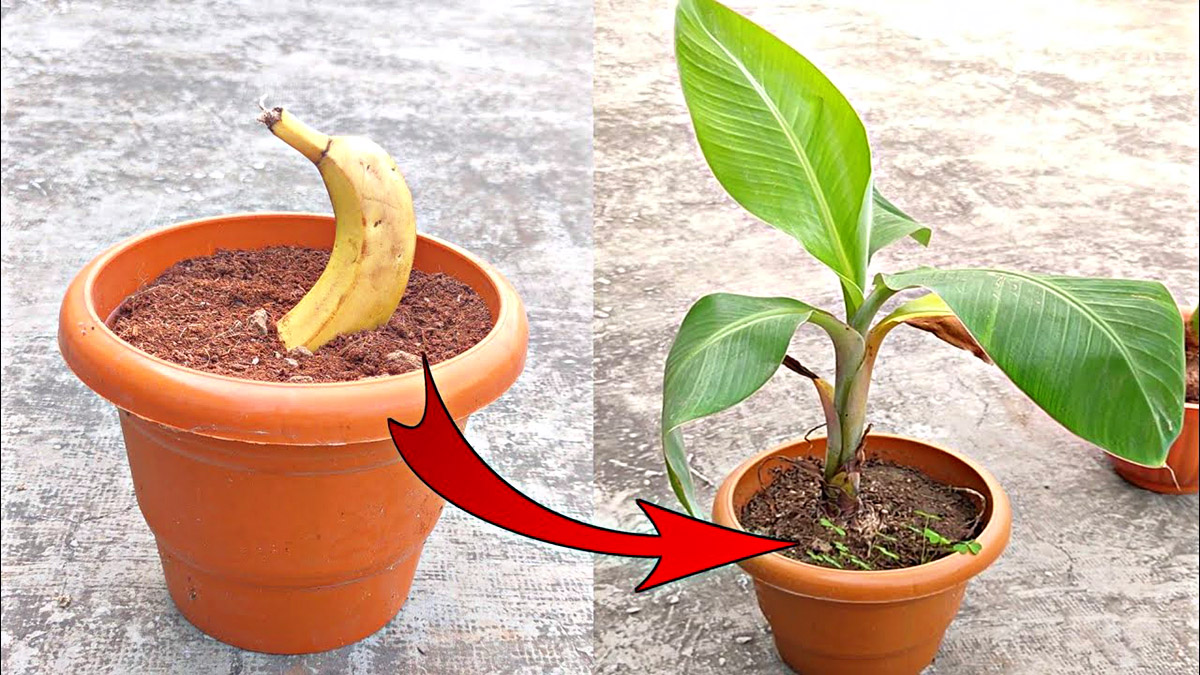
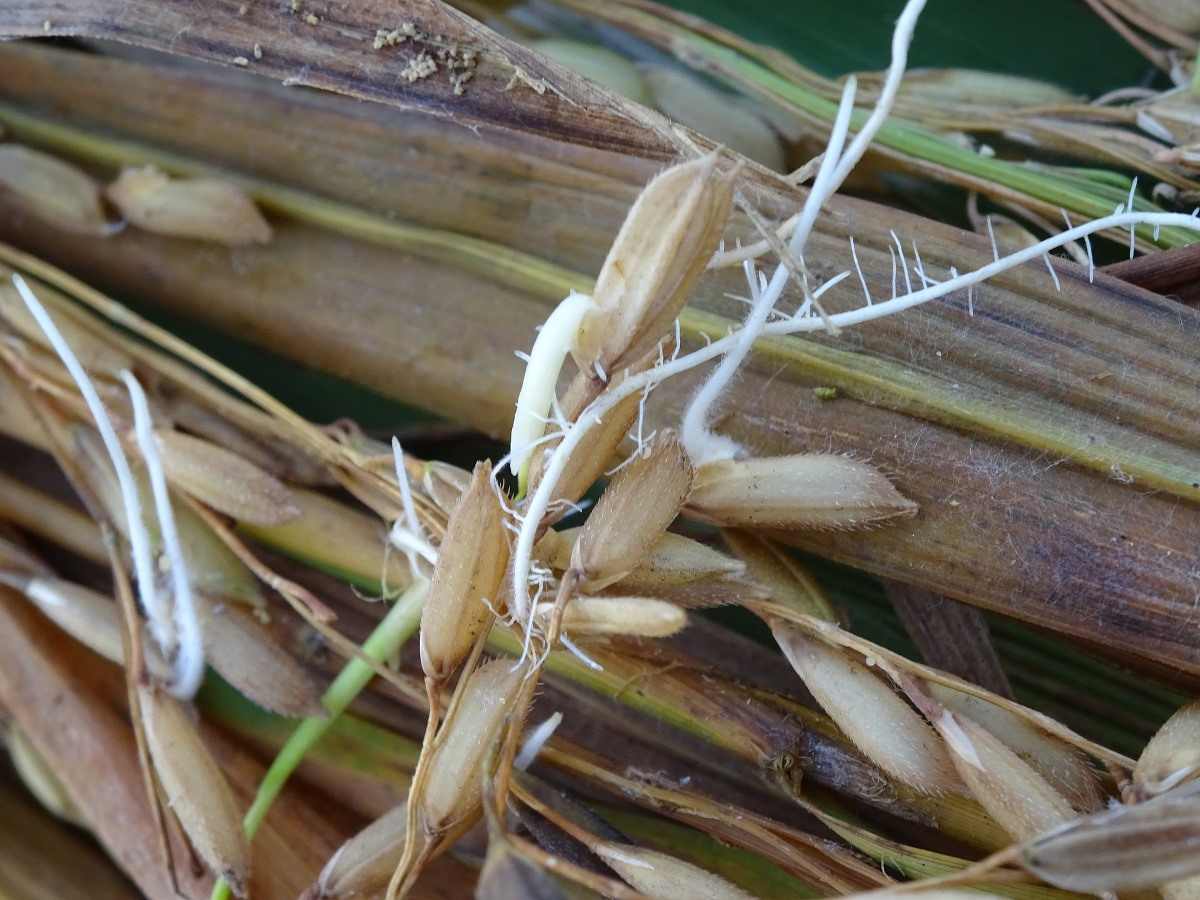
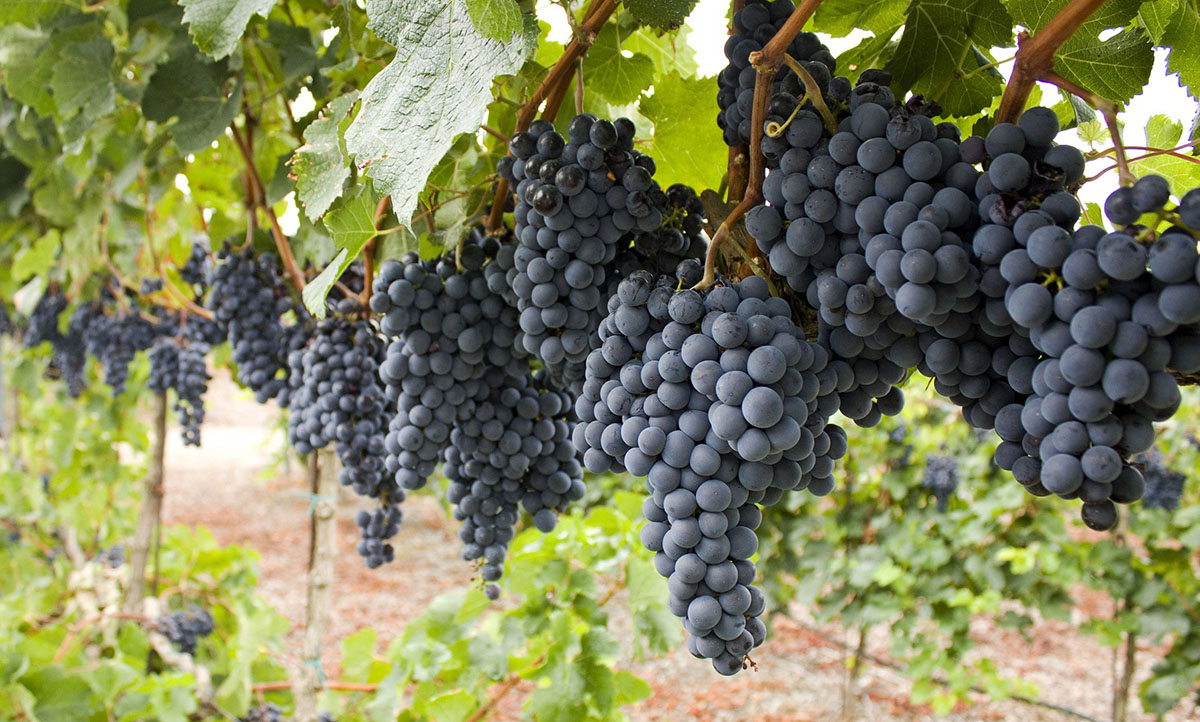
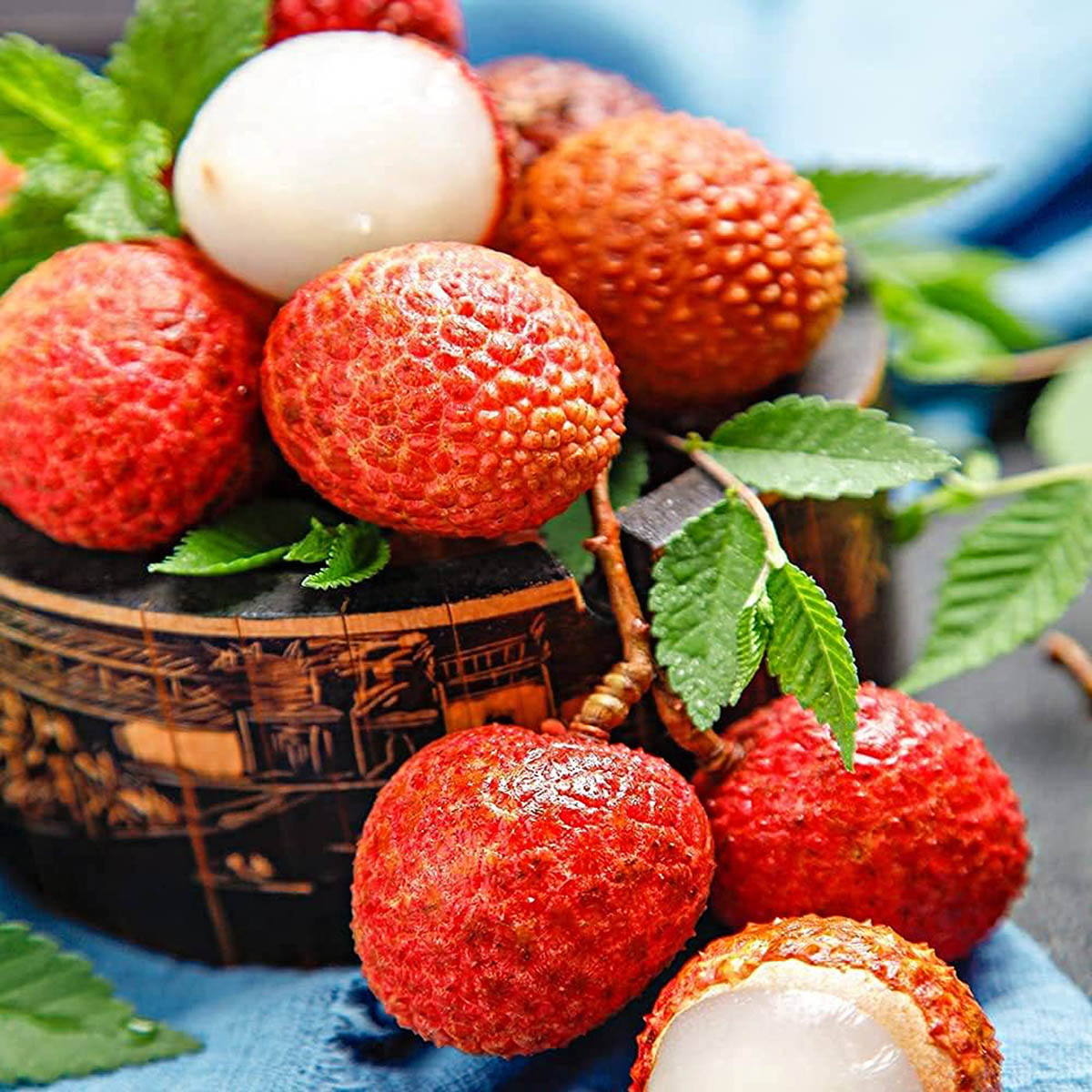
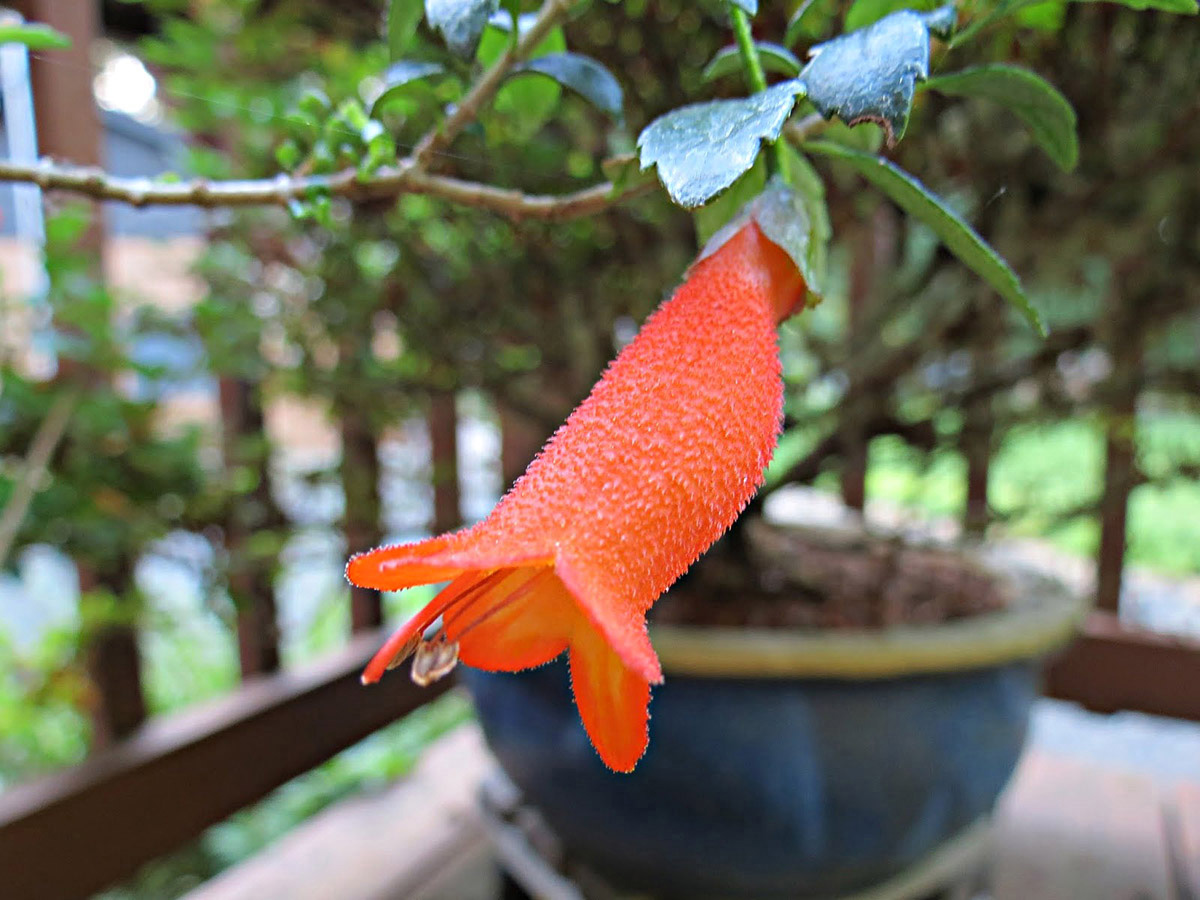
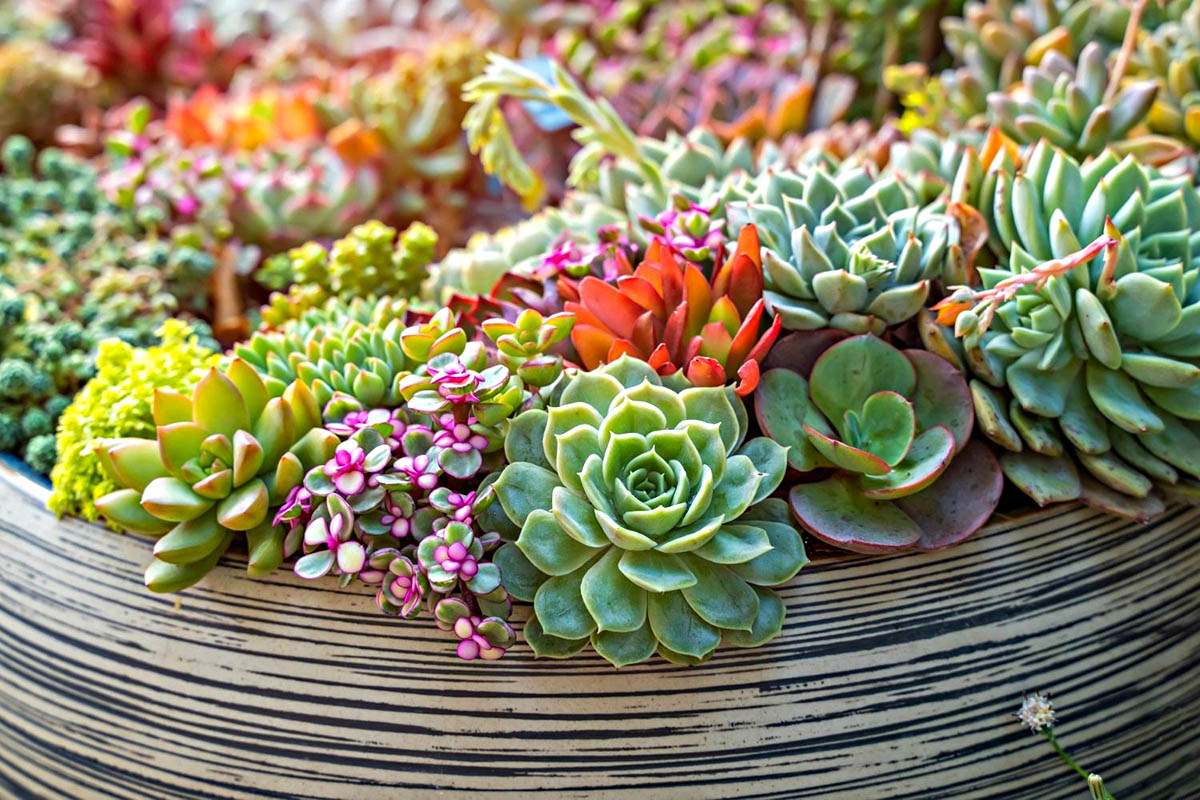
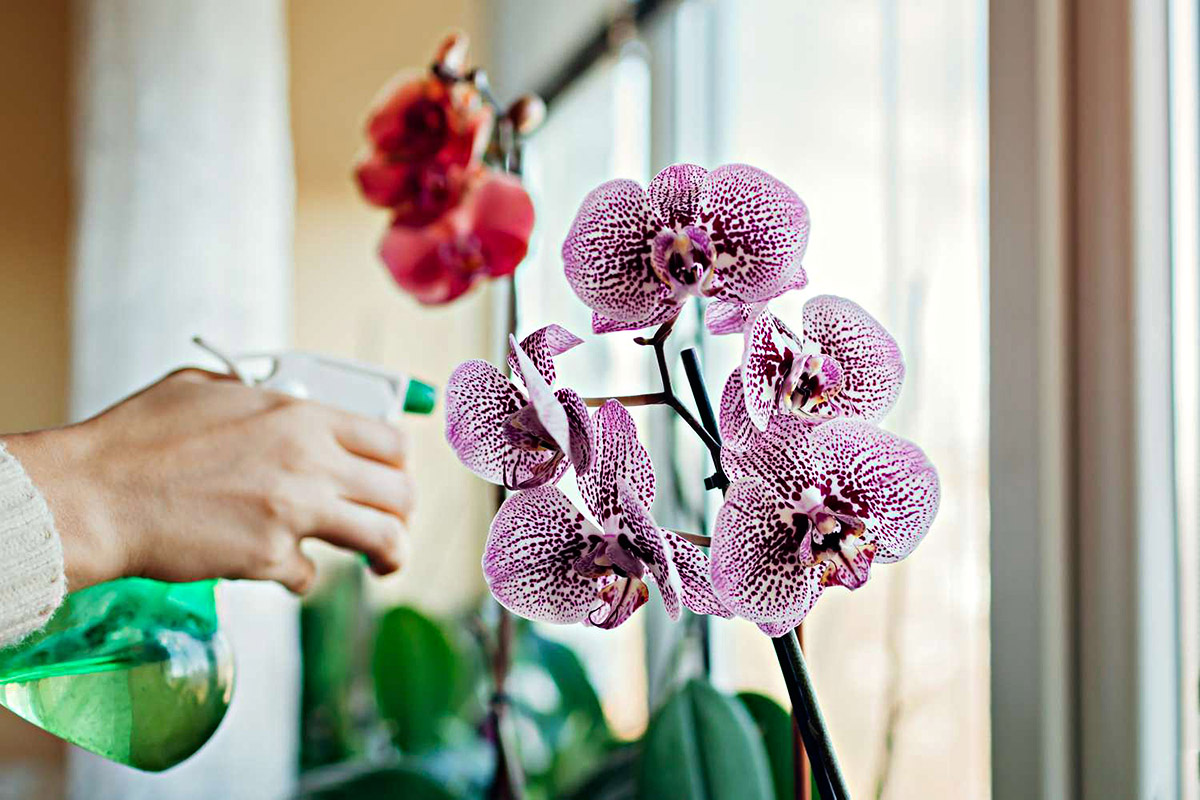
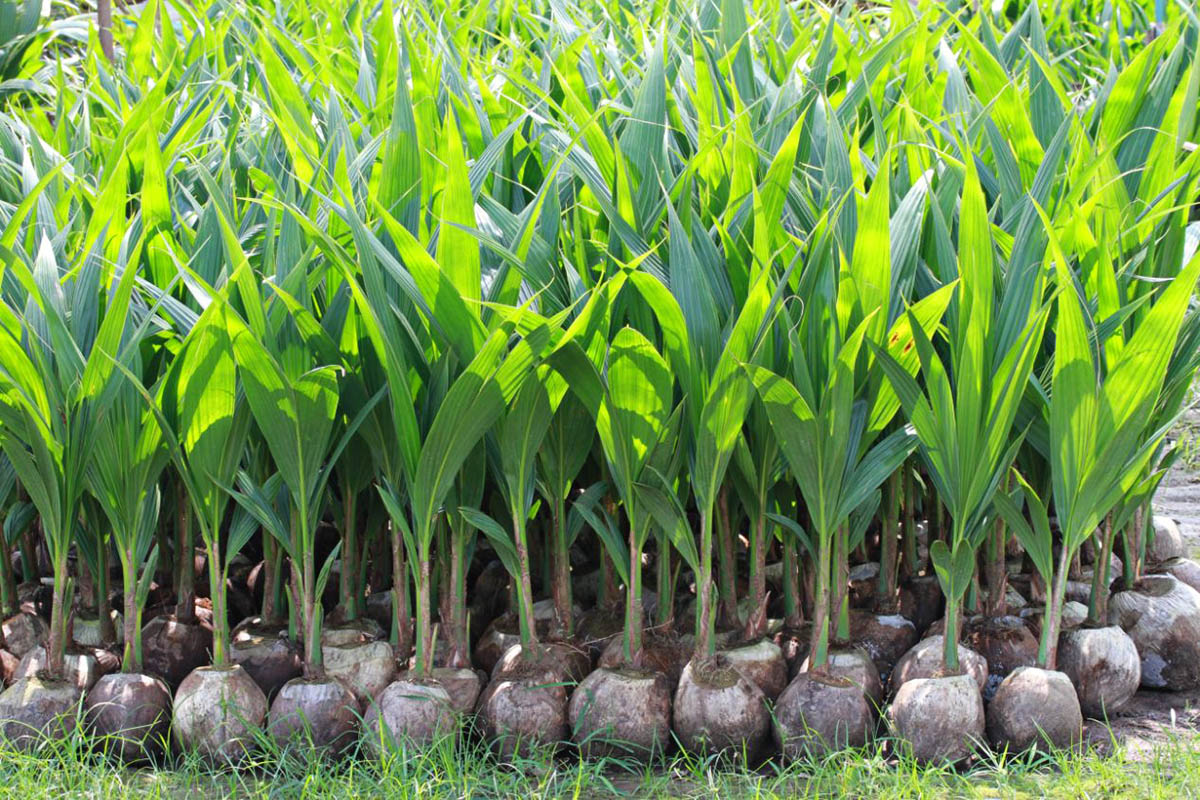
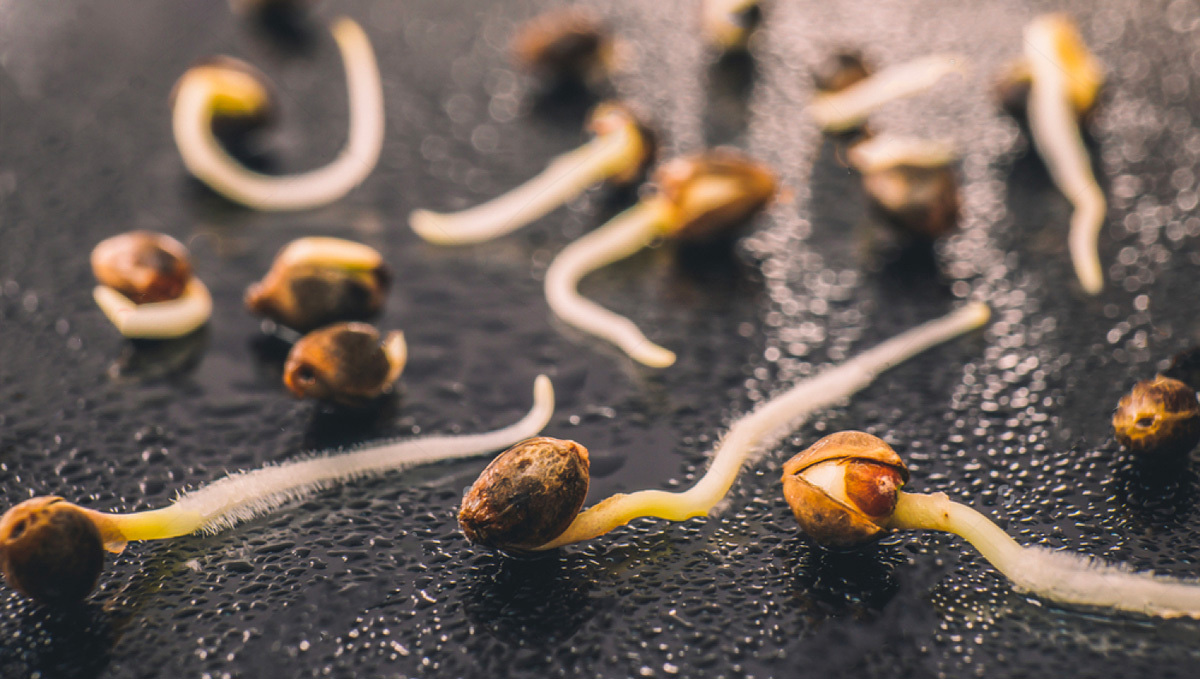

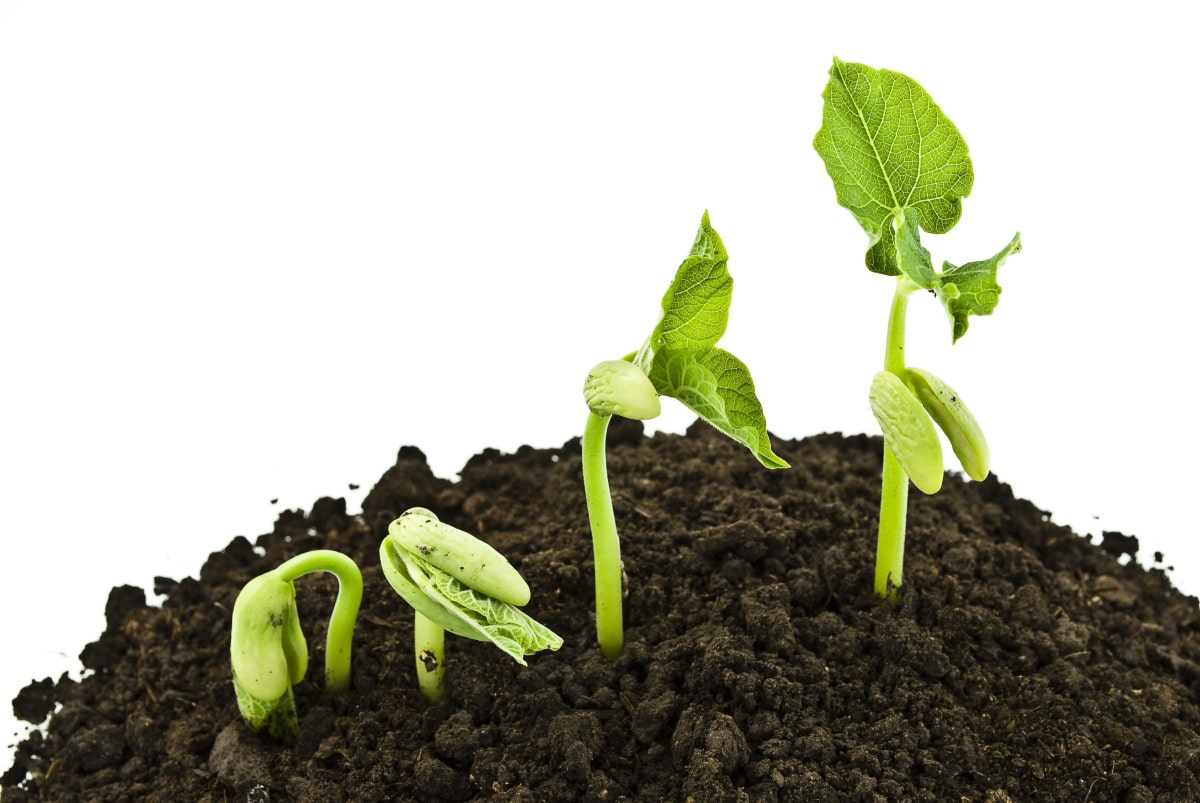
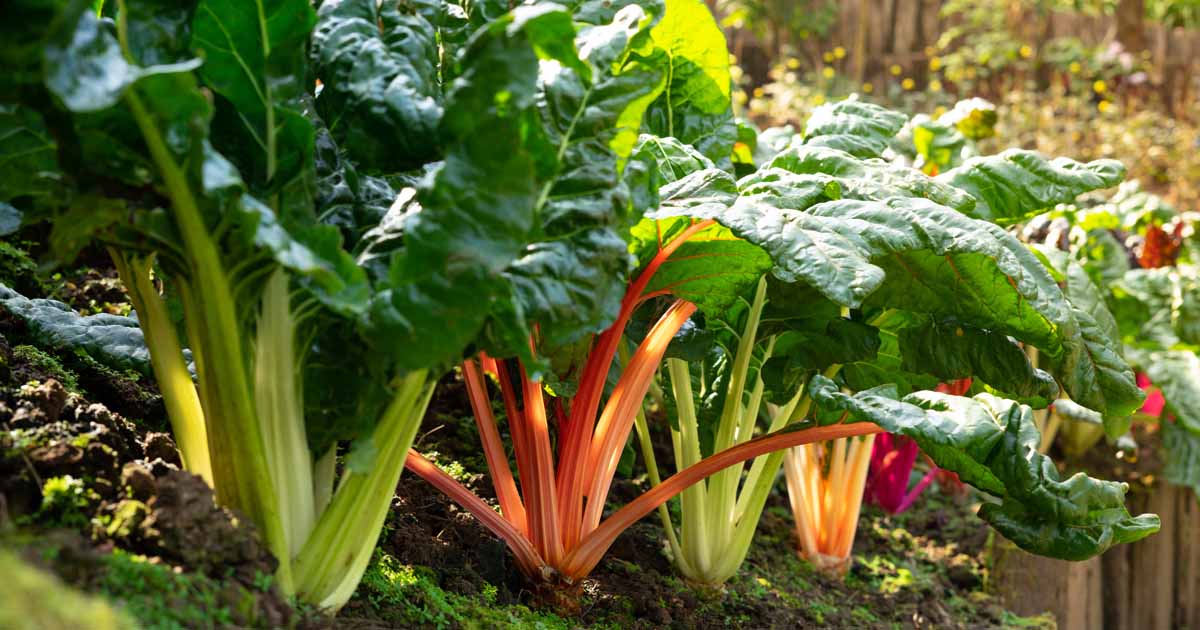

0 thoughts on “How To Germinate Sporobolus Heterolepis”